The ECM is a biomaterial designed by nature, which has undergone more than 500 million years of material optimization. It signals cells using a combination of three major communication planes (biochemical composition, biomechanical properties and topography). This complexity in communication allows the ECM to orchestrate processes such as tissue healing and regeneration.
By utilizing the biophysical principle of MacroMolecular Crowding (MMC) we can generate cell-derived ECMs in vitro in sufficient amounts and with a stable and specified bioactivity1, 2. This emulation of crowded conditions, as found in the physiological extracellular space, results in increased thermodynamic activity and reaction kinetics in the culture system1. We have shown previously that MMC augmented ECM assembly3 and deposition1, 2, ensuring strong and stable bioactivity, far exceeding the abilities of an ECM generated under uncrowded conditions2. Current focus lies of the engineering of matrices, which will improve pathological chronic inflammatory tissue environments.

Figure 1: MMC drives cell-specific ECM deposition. HSPG = heparan sulfate proteoglycan
Selected publications
- Chen C, Loe F, Blocki A, Peng Y, Raghunath M (2011) Applying macromolecular crowding to enhance extracellular matrix deposition and its remodeling in vitro for tissue engineering and cell-based therapies. Adv Drug Deliv Rev 63:277–90
- Ang XM, Lee MHC, Blocki A, Chen C, Ong LLS, Asada HH, Sheppard A, Raghunath M (2014) Macromolecular Crowding Amplifies Adipogenesis of Human Bone Marrow-Derived Mesenchymal Stem Cells by Enhancing the Pro-Adipogenic Microenvironment. Tissue Eng Part A 20:966–981
- Dewavrin J-Y, Abdurrahiem M, Blocki A, Musib M, Piazza F, Raghunath M (2015) Synergistic rate boosting of collagen fibrillogenesis in heterogeneous mixtures of crowding agents. J Phys Chem B 119:4350–8

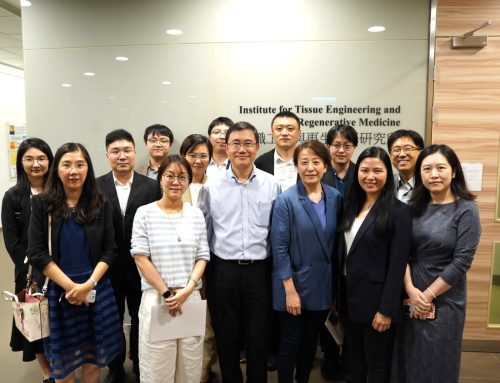
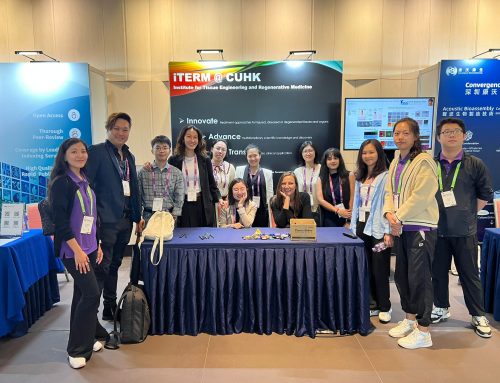
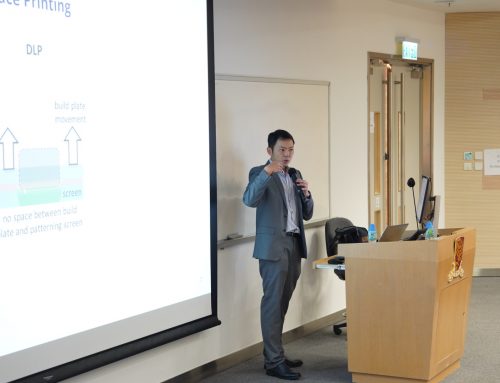
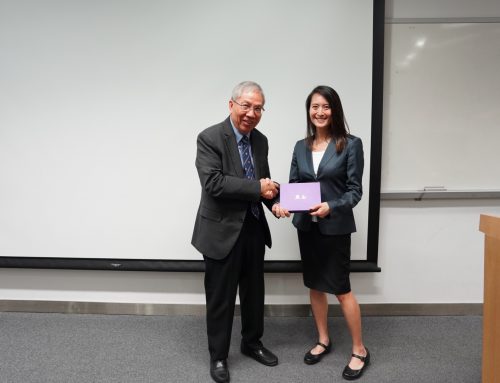
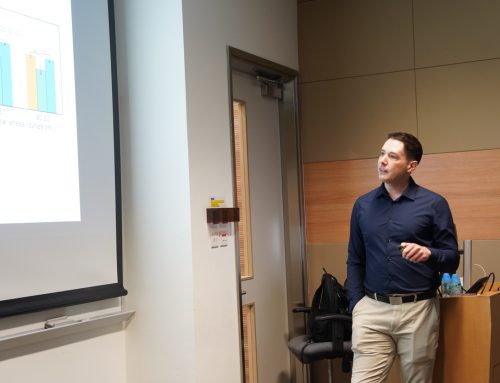
Leave A Comment